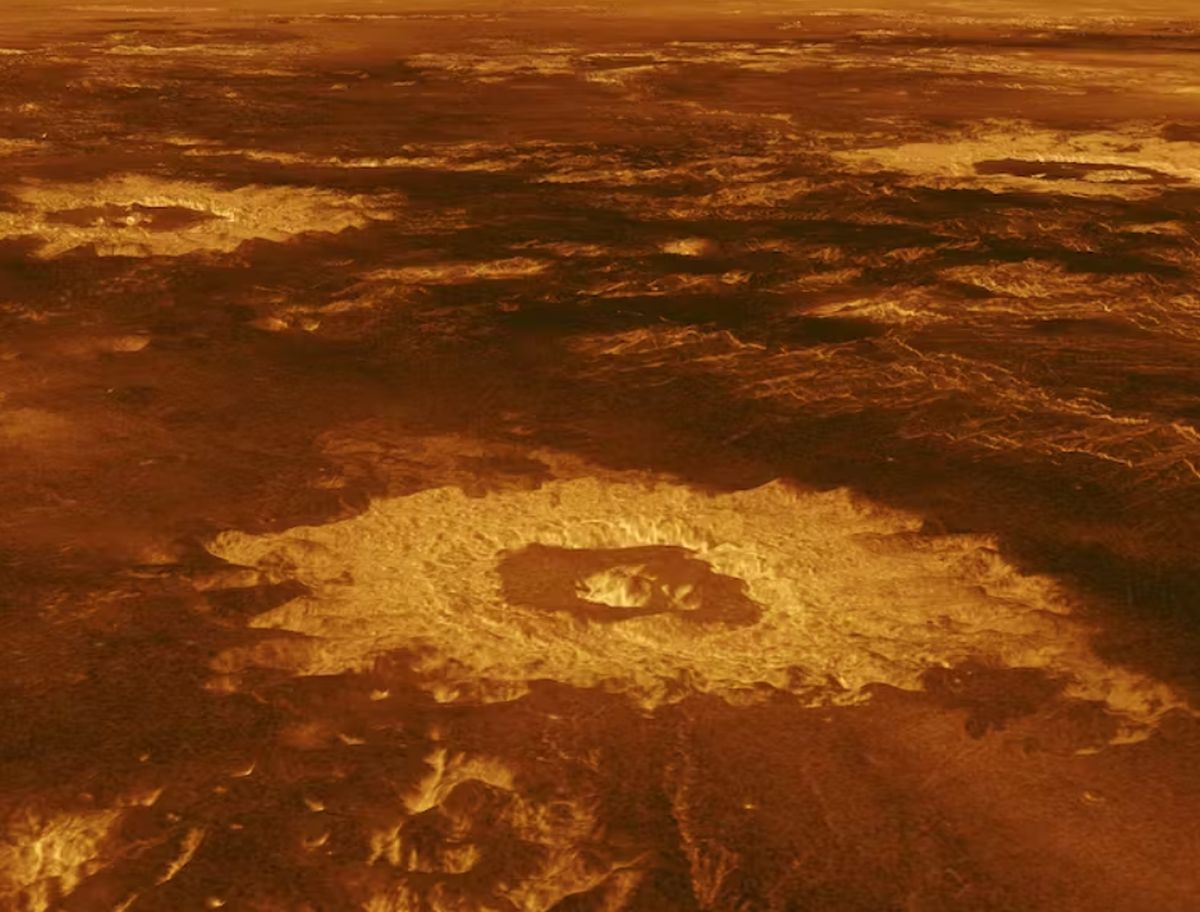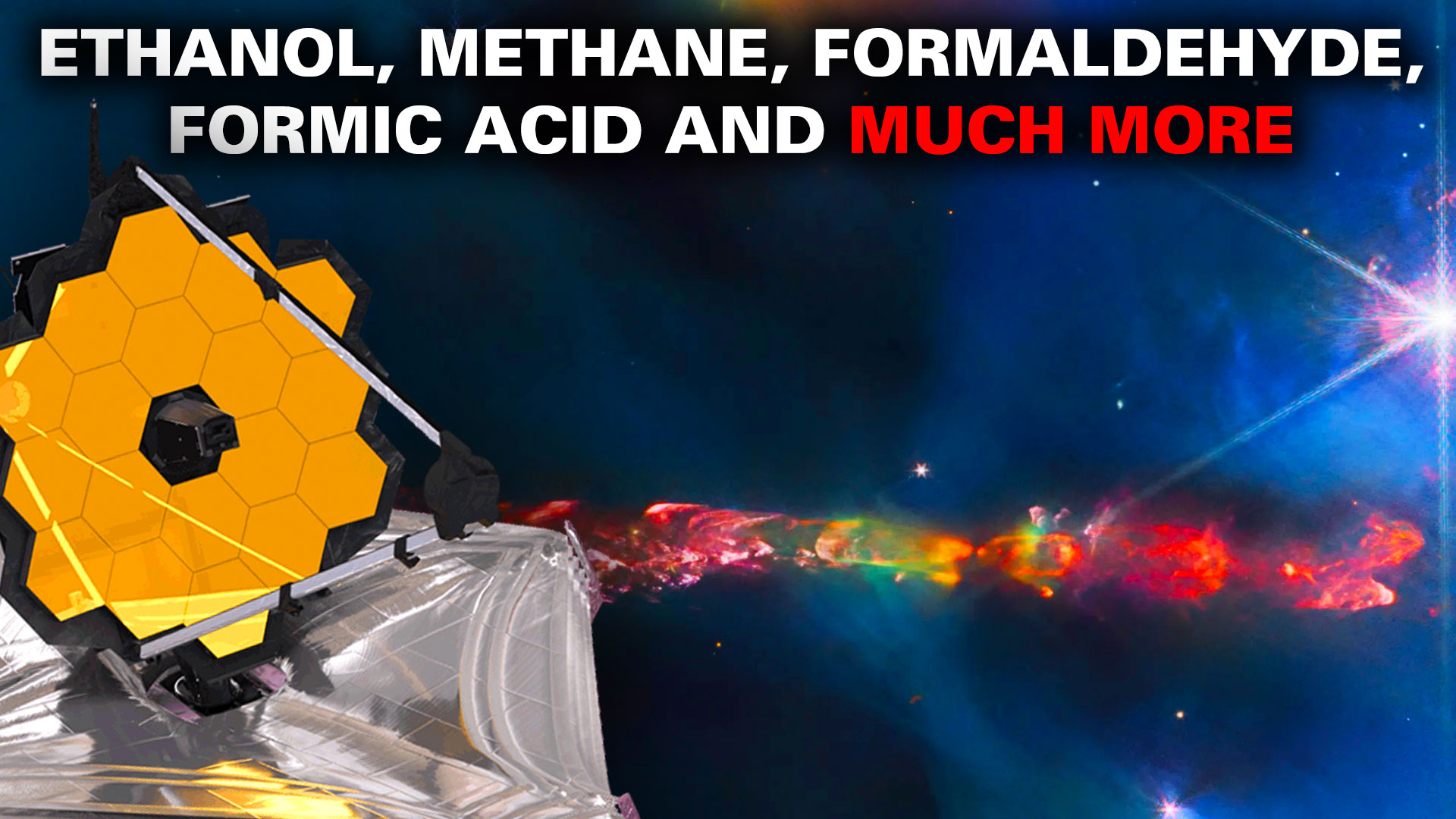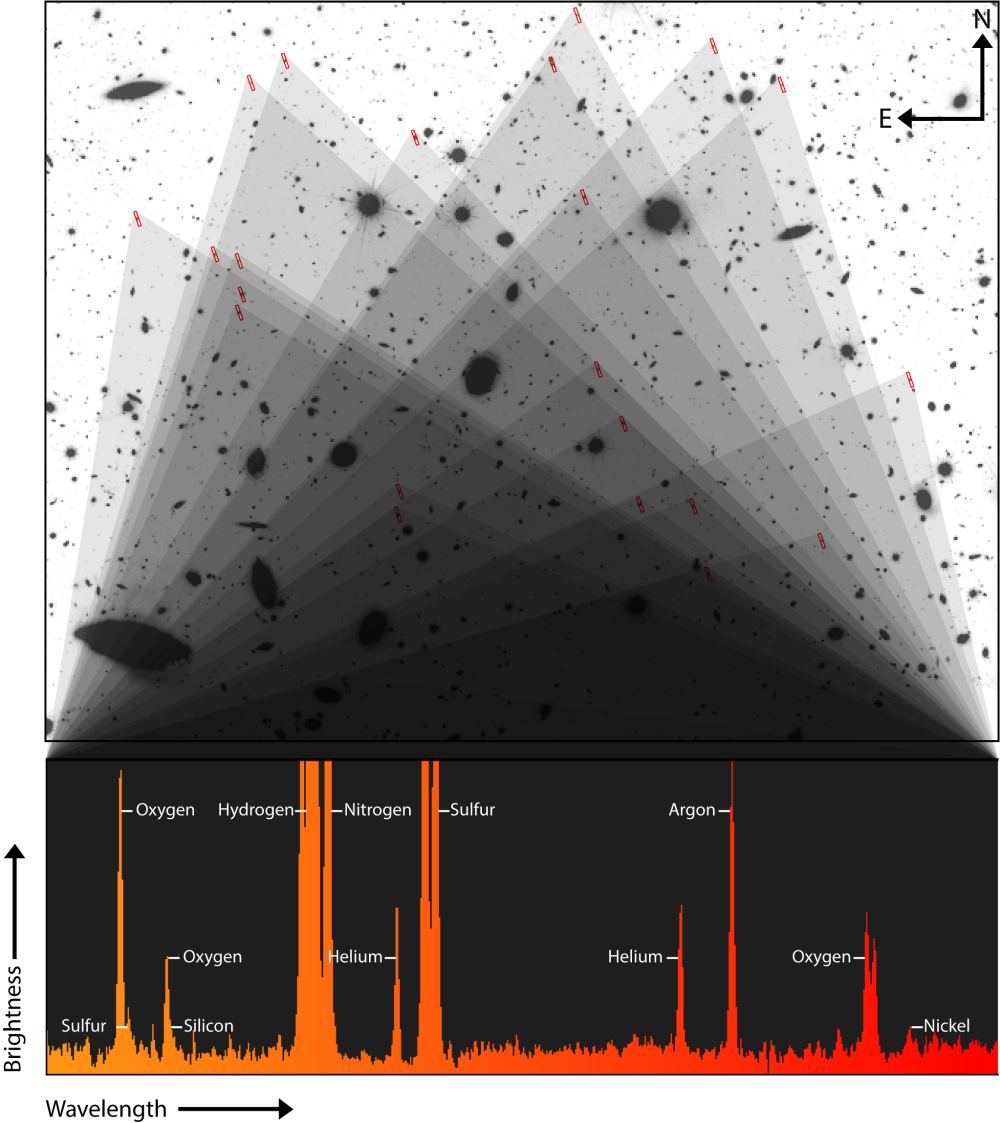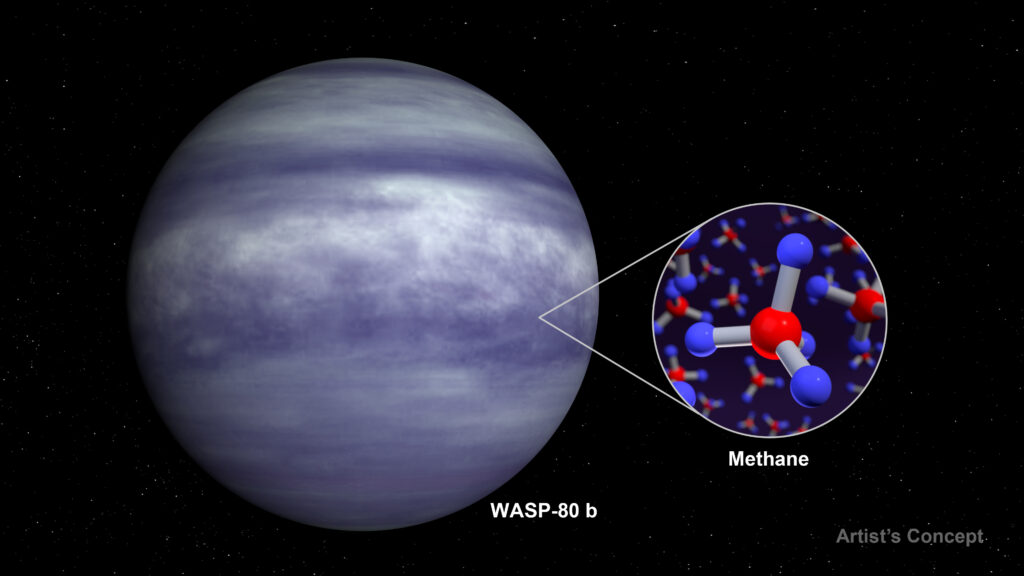Exoplanet K2-18b is garnering a lot of attention. James Webb Space Telescope spectroscopy shows it has carbon and methane in its atmosphere. Those results, along with other observations, suggest the planet could be a long-hypothesized ‘Hycean World.’ But new research counters that.
Instead, the planet could be a gaseous mini-Neptune.
Continue reading “Another Explanation for K2-18b? A Gas-Rich Mini-Neptune with No Habitable Surface”









